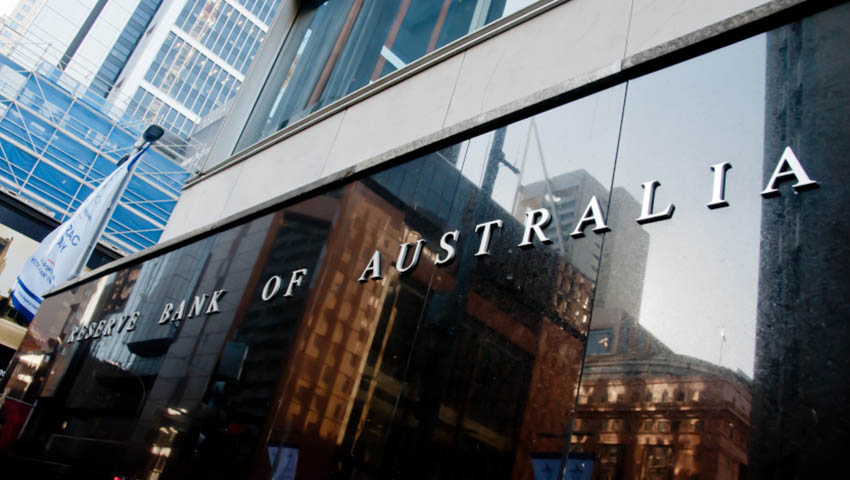RBA rings alarm on high debt levels
Risks to financial stability could be building as house prices and debt levels keep rising, the Reserve Bank has cautioned.

Michele Bullock, assistant governor (financial system) at the Reserve Bank of Australia (RBA) reflected on the housing market and its effects on financial stability during an address to the Bloomberg Inside Track on Wednesday.
You’re out of free articles for this month
To continue reading the rest of this article, please log in.
Create free account to get unlimited news articles and more!
She noted that house prices have had a strong recovery following an initial and modest decline at the onset of the pandemic, particularly in detached dwellings.
Driven by low rates, HomeBuilder, and rising prices, growth in housing credit is currently running at an annualised rate of around 7 per cent, with the RBA expecting it to peak at around 11 per cent early next year.
Ms Bullock commented that the housing market’s strength is a positive for the economy and an important contributor to economic growth – but there may be risks bubbling under the surface.
“While household debt-to-income in Australia hasn’t increased much over recent years, it is at a high level, both historically and relative to other countries,” she said.
“So sustained strong growth in credit in excess of income growth may result in vulnerabilities building in bank and household balance sheets.”
The RBA has previously signalled that it is monitoring the housing and lending markets with APRA, with both regulators discussing what tools they would use if they felt they needed to intervene.
APRA recently recorded a rise in high debt-to-income (DTI) lending, with chair Wayne Byres expressing concern.
The share of new lending at high loan-to-value ratios (LVR) also rose in 2020, reflecting an increase in first-home buyers with lower deposits, Ms Bullock reported.
She confirmed the Reserve Bank is yet to see a decline in lending standards from the banks, but alongside APRA, it is “monitoring these trends closely”.
“Unlike in 2014 and 2017, the concerns this time are not specific types of lending such as investor or interest-only lending. So the tools used at that time are not really appropriate at this time,” Ms Bullock said.
“This suggests that if there were to be a need for so-called macro-prudential tools to address rising risks, they should be targeted at the risks arising from highly indebted borrowers.
“Tools that address serviceability of loans and the amount of credit that can be obtained by individual borrowers are more likely to be relevant.”
Previously, RBA governor Philip Lowe has said the central bank and APRA have considered limits on high loan-to-value ratio or DTI lending in banks’ portfolios.
Banks have high exposure
Around 60 per cent of the banks’ lending is for housing, leaving them highly exposed. Housing is also common collateral for loans to small and medium businesses – with a correction or decline in housing prices potentially shaking the value of that collateral.
“If there were an economic shock that resulted in borrowers being unable to service their debt, however, and at the same time housing prices fell sharply, the debt would be unable to be recovered in full by the sale of the property, resulting in a loss to the banks,” Ms Bullock said.
“If the losses were large enough the banks might exacerbate the decline by reducing their lending.”
However, the banks have built up their levels of capital to stronger positions than they had at the time of the global financial crisis.
“Indeed, stress tests undertaken by the [Reserve] Bank and reported in our October 2020 review indicate that even a very severe recession and substantial fall in property prices would still leave the banks with capital above their regulatory minima,” Ms Bullock said.
“The strength of the banks allowed the banks to respond positively to the pandemic shock, supporting the economy through lending and loan repayment deferrals rather than amplifying the shock.”
Debt levels could shake spending
The economy could remain vulnerable to high levels of household debt, if it dampens consumer spending.
“Over-exuberance in the housing market can amplify these risks in two ways,” Ms Bullock explained.
“First, rapid price rises can increase the likelihood that some new borrowers will over-stretch their financial capacity in order to obtain a new loan, making them more likely to reduce their consumption in response to a shock to their incomes.
“Second, if rapid price rises ultimately prove to be unsustainable they could lead to sharp declines in price and turnover in the future. This, in turn, could result in reduced spending, both directly as a result of a decline in turnover and through the wealth effect.”
Past evidence has suggested households with higher levels of debt are more likely to curb consumption in response to shocks in income or wealth – whether it’s through loss of employment or reduced hours.
The RBA has warned a large number of households following that behaviour response could amplify the economic shock.
“A boom in the housing market, accompanied by an increase in housing debt could therefore make the economy more susceptible to downturns,” Ms Bullock said.
Further, the RBA is closely watching investor activity in the housing market – although it is not near previous highs in 2014, when APRA introduced its investor lending benchmark.
“Investors have the potential to amplify movements in housing price, buying when prices are rising quickly but potentially selling when they fall in an effort to avoid a capital loss,” she said.
“Any amplified swings in housing prices will have an impact on the wealth of all households and hence potentially their consumption.”
